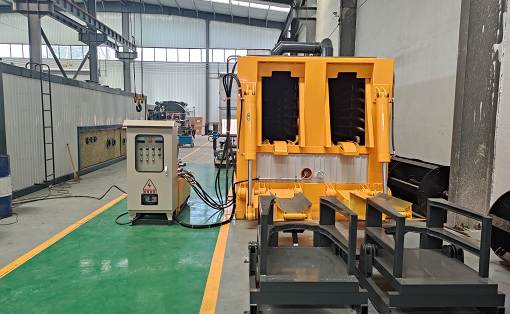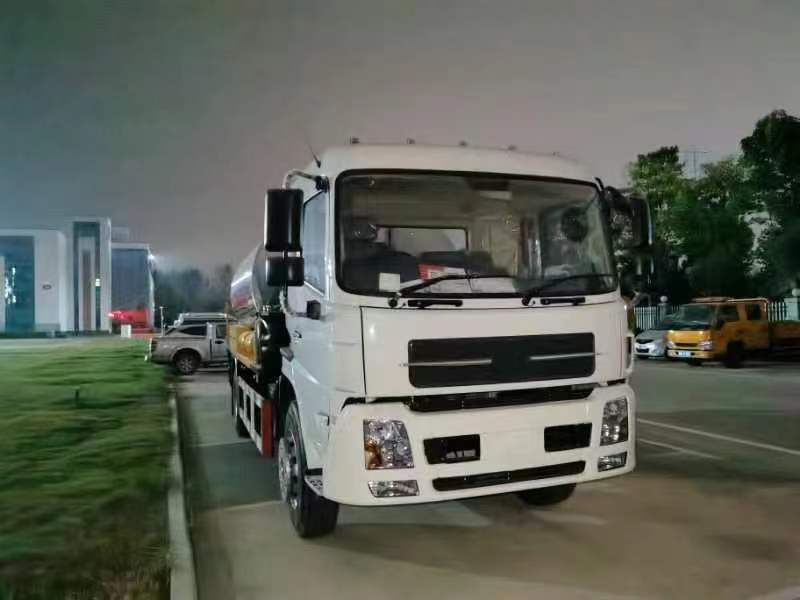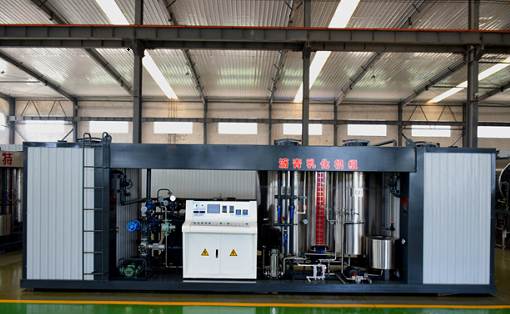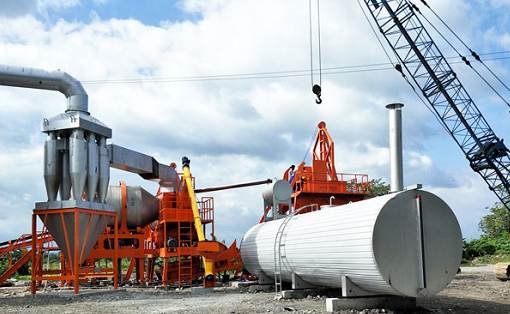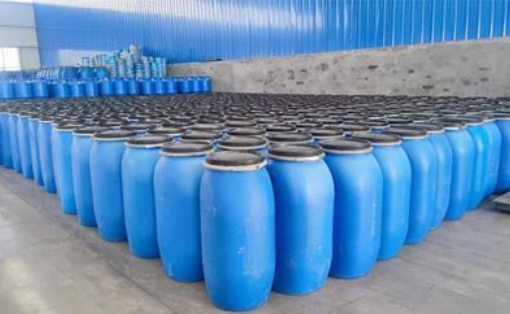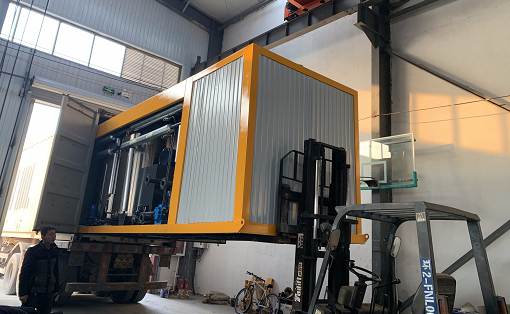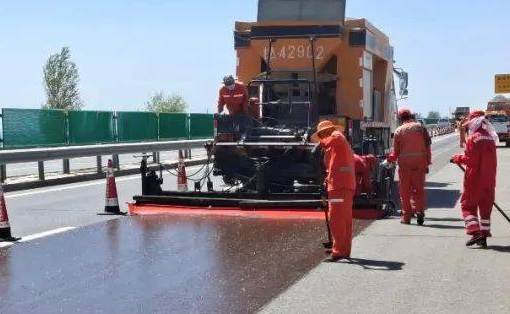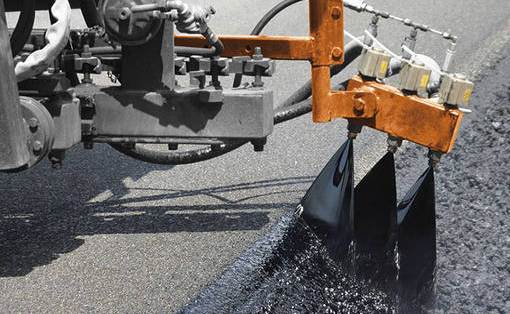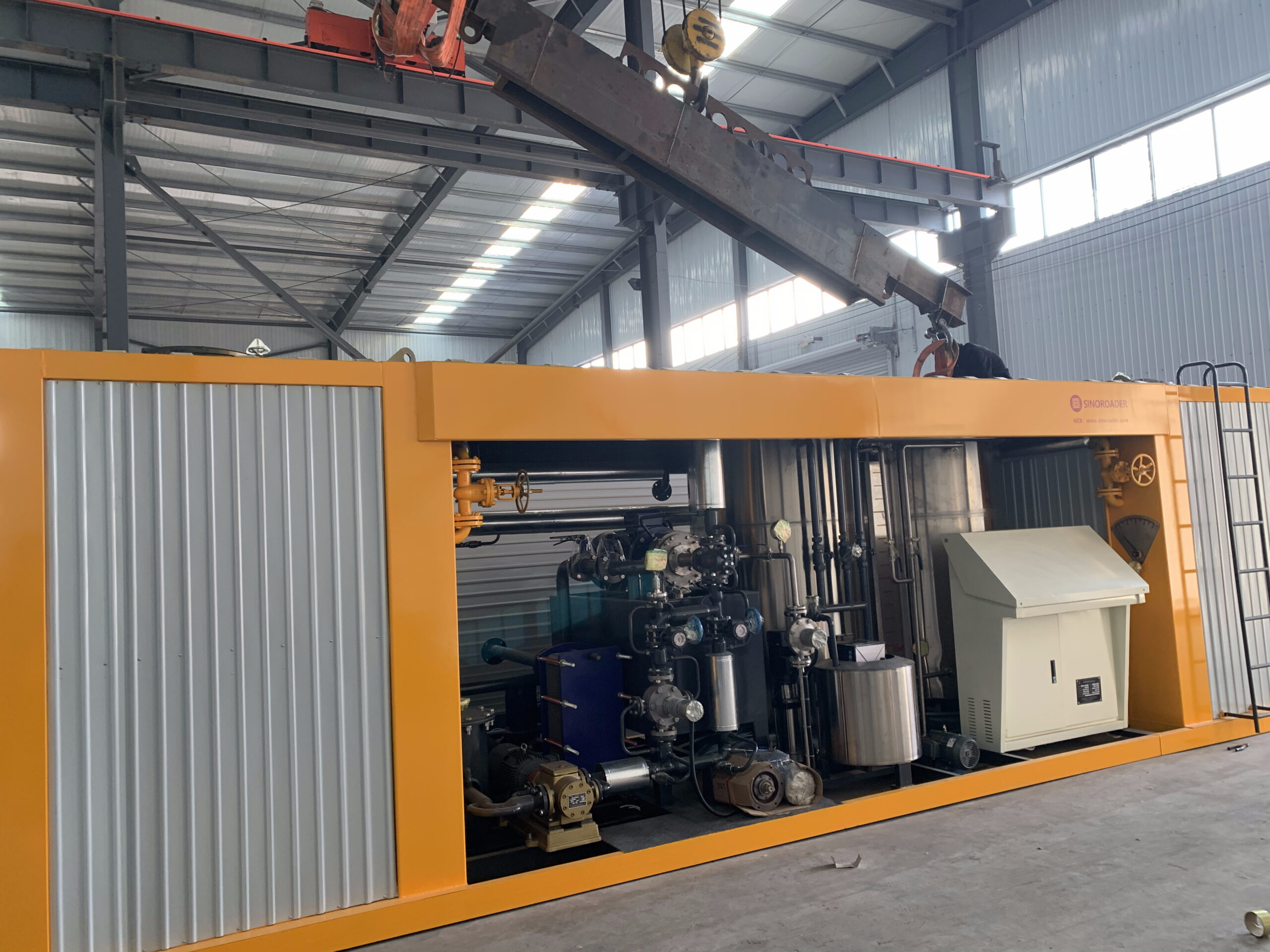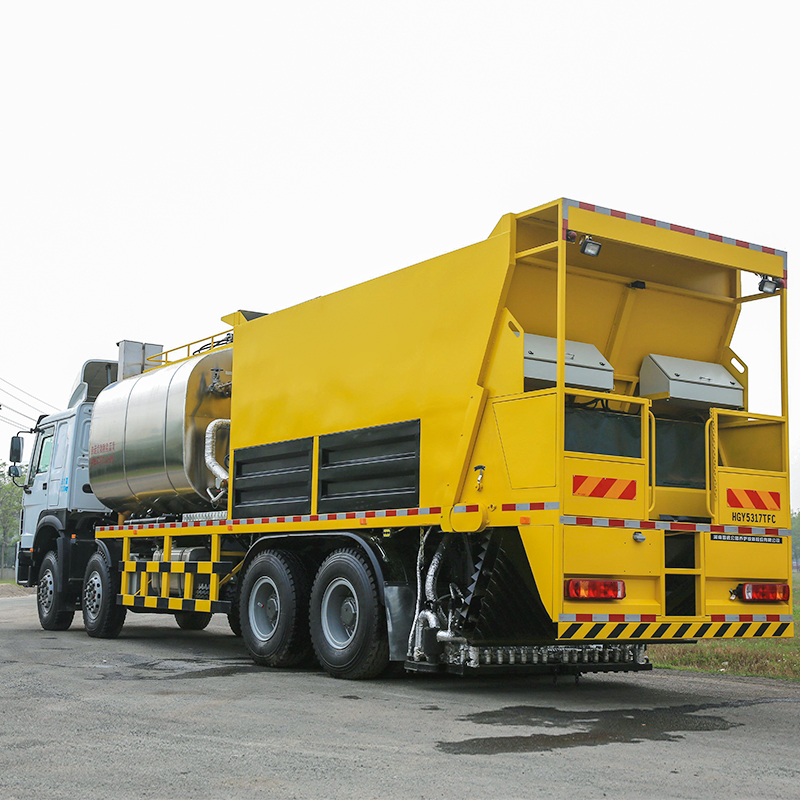Brief analysis of the difference between “asphalt” and “emulsified asphalt”
1. Different production processes
Emulsified asphalt and asphalt are both extracted from petroleum, but their production processes are different. Asphalt is separated from crude oil by high-temperature treatment, and then processed through a series of complex processing processes such as distillation and fluidized hydrogenation. Emulsified asphalt, on the other hand, is made by adding an emulsifier, mechanical shearing or ultrasonic “emulsification” reaction, dispersing oil and water to form an emulsion, and then adding an appropriate amount of acid catalyst.
2. Different usage scenarios
Asphalt is suitable for paving in different places such as roads, bridges, airport runways, and parking lots. Emulsified asphalt is particularly suitable for use under more stringent conditions such as deep road repair and bridge deck waterproofing. Because emulsified asphalt produced by emulsification technology has better performance and can better adapt to complex usage environments.
3. Different characteristics
Asphalt is a black, viscous substance with fluffy fibers, a high melting point, high hardness, and easy aging. In comparison, emulsified asphalt is lighter in color, light gray or milky white, with moderate viscosity and uniformity, good adhesion, good water and weather resistance, and not easy to age.
4. Different use effects
Although asphalt works well on the road surface, it also has certain difficulties in construction and maintenance. Emulsified asphalt is more convenient to use and can be easily mixed with other materials during construction, so it is widely popular and has better use effects.
In summary, there are obvious differences between emulsified asphalt and asphalt in production process, usage scenarios, characteristics, and use effects, and appropriate materials need to be selected according to different needs.
1. Different production processes
Emulsified asphalt and asphalt are both extracted from petroleum, but their production processes are different. Asphalt is separated from crude oil by high-temperature treatment, and then processed through a series of complex processing processes such as distillation and fluidized hydrogenation. Emulsified asphalt, on the other hand, is made by adding an emulsifier, mechanical shearing or ultrasonic “emulsification” reaction, dispersing oil and water to form an emulsion, and then adding an appropriate amount of acid catalyst.
2. Different usage scenarios
Asphalt is suitable for paving in different places such as roads, bridges, airport runways, and parking lots. Emulsified asphalt is particularly suitable for use under more stringent conditions such as deep road repair and bridge deck waterproofing. Because emulsified asphalt produced by emulsification technology has better performance and can better adapt to complex usage environments.
3. Different characteristics
Asphalt is a black, viscous substance with fluffy fibers, a high melting point, high hardness, and easy aging. In comparison, emulsified asphalt is lighter in color, light gray or milky white, with moderate viscosity and uniformity, good adhesion, good water and weather resistance, and not easy to age.
4. Different use effects
Although asphalt works well on the road surface, it also has certain difficulties in construction and maintenance. Emulsified asphalt is more convenient to use and can be easily mixed with other materials during construction, so it is widely popular and has better use effects.
In summary, there are obvious differences between emulsified asphalt and asphalt in production process, usage scenarios, characteristics, and use effects, and appropriate materials need to be selected according to different needs.


